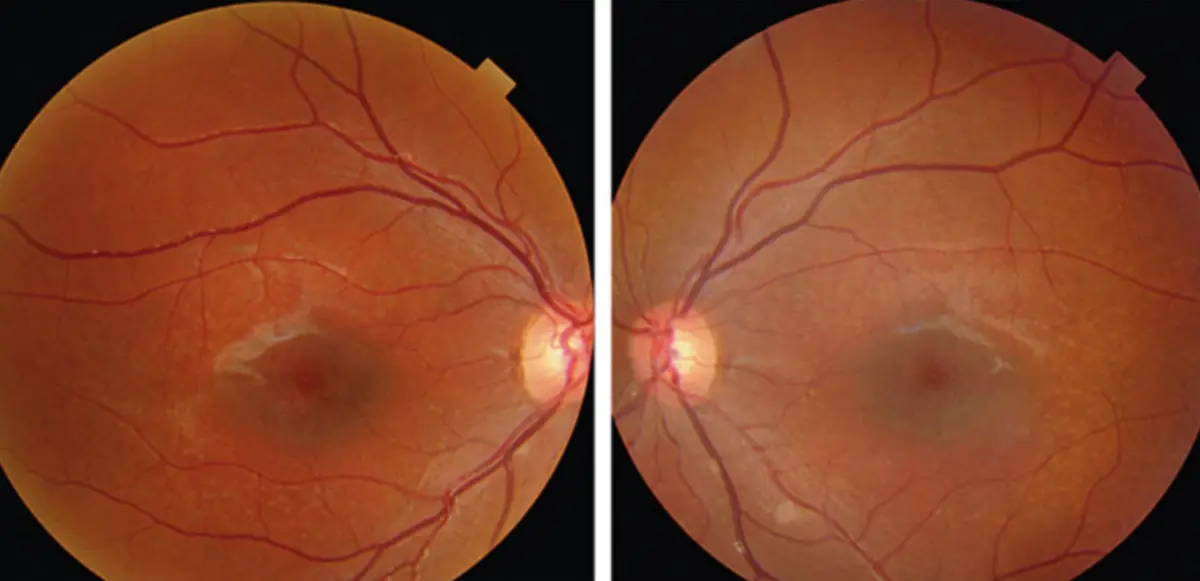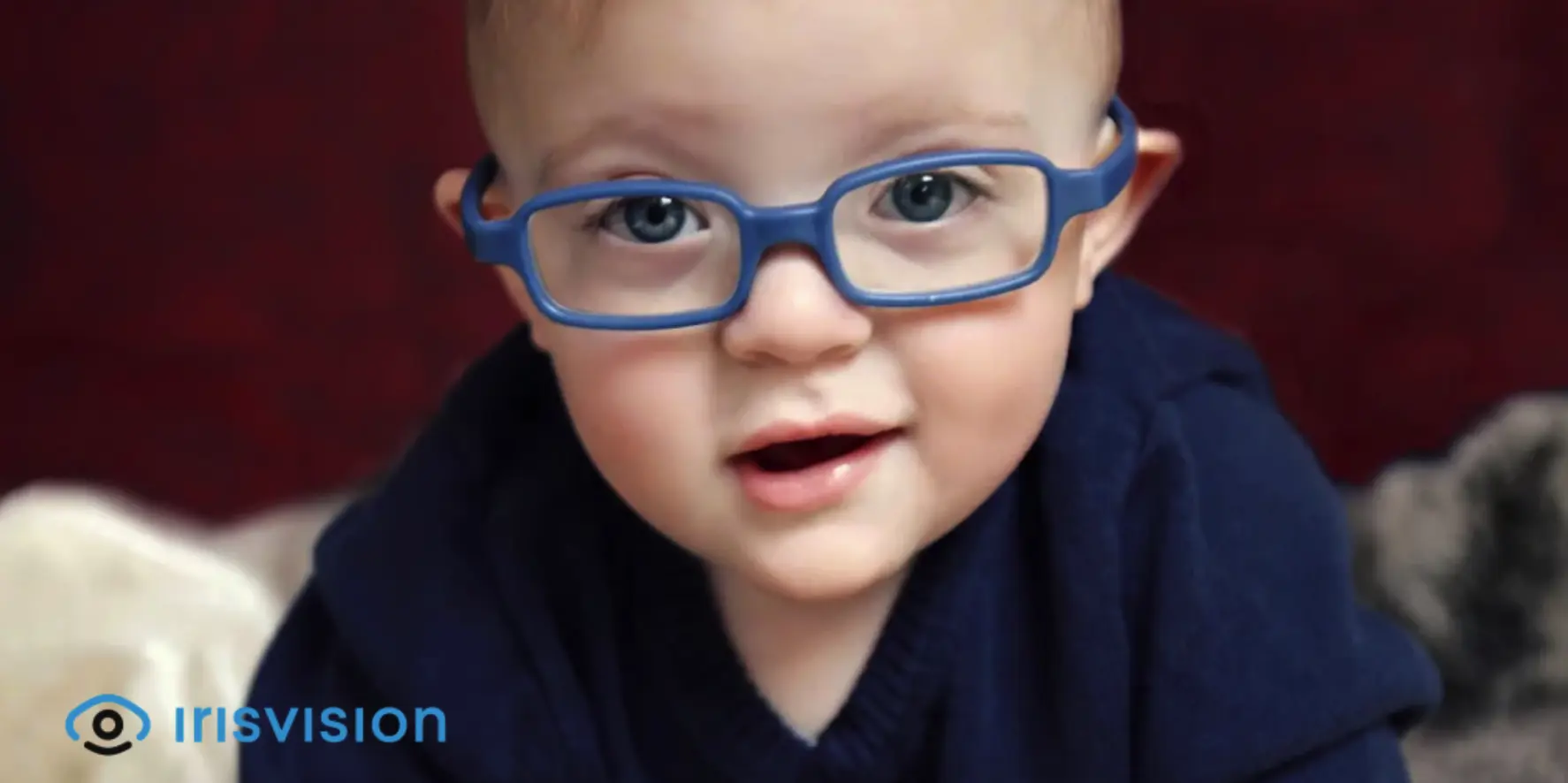Progress is being made with research on Stargardt disease, yet we don’t have a cure. In addition to the possible treatments for Stargardt disease above, people may limit their Vitamin A consumption to minimize the buildup. Occupational therapy and counseling may also help in adjusting to living with low vision.
Low vision aids can also help people with Stargardt disease. This may help in getting on with daily tasks like using a microwave, looking outside the window, and reading a paper. With the advancements in technology, there are a range of low vision aids, from a simple magnifier to advanced wearable technology.
IrisVision is the latter: a low vision aid that helps with reading, magnification, watching TV, navigation, and various modes for each eye disease type. It’s a wearable, lightweight headset that helps with several eye diseases, including Stargardt disease.
IrisVision Inspire is a smart assistive technology device designed with special softwares lenses that use the remaining vision and amplify it to deliver functional sight. It’s a sleek headset featuring an advanced camera with 30 frames/second resolution and adjustable interpupillary distance. It has a powerful autofocus with near-to-far distance lenses, and a removable eye-guard.
For Stargardt disease, such visual aids are a great help.
One example we have is of Ashley Ezell from Phoenix, Arizona, who was born with Stargardt disease and diagnosed at the age of 12. At some point she was declared legally blind. That didn’t stop her from pursuing a teaching career by memorizing the layout of the school and her classroom, until she was introduced to IrisVision. Normally, her vision was 2200/40 and with IrisVision it is 20/30.
Another successful story is that of the Loebe Family from Phoenix, Arizona. The entire family has a problem with low vision. Of them all, Trish was diagnosed with Stargardt at the age of 9. All the family members, along with Trish, use the IrisVision devices to assist them in carrying out their daily tasks.
IrisVision Inspire provides the breakthrough technology at an affordable price range. The entire headset includes the Inspire headset, a Samsung smartphone, all the hardware that includes a 2-year cellular plan. If it doesn’t suit you, you have the option to return it within 30-days.







